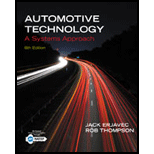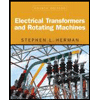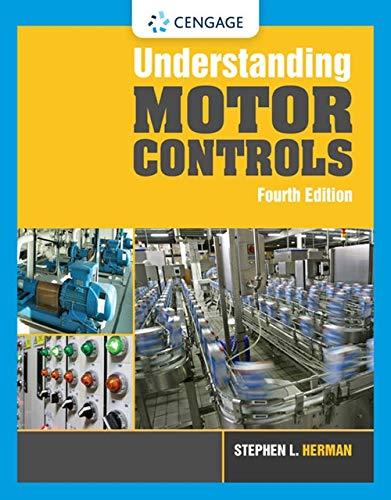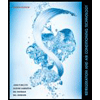
Concept explainers
Explain how voltage is induced in a permanent magnet pickup coil as the reluctor approaches alignment with the pickup coil.
The way in which the voltage is induced in a permanent magnet pickup coil as the reluctor approaches alignment with the pickup coil.
Answer to Problem 1RQ
As the reluctor approaches alignment with the pickup coil, its tooth gets aligned with the core of pickup coil and repels the magnetic field. Hence the magnetic field is forced to flow through the coil and pickup core. As the tooth passes the core, the magnetic field lines get expanded. This action is repeated every time the tooth passes through the core. The moving lines of magnetic force cut across the coil windings and induce a voltage signal.
Explanation of Solution
A permanent magnet pickup coil consists of a permanent magnet with fine wire wound around it. The reluctor is attached to a rotating shaft or cable and there are a number of teeth on it depending on the application. An air gap is maintained between the reluctor and the pickup coil.
As the reluctor rotates in front of the pickup coil, its tooth gets aligned with the core of pickup coil and repels the magnetic field. Hence, the magnetic field is forced to flow through the coil and pickup core.
As the tooth passes the core, the magnetic field lines get extended. This action is repeated every time the tooth passes through the core. The moving lines of magnetic force cut across the coil windings and induce a voltage signal.
Conclusion:
Thus, as the reluctor approaches alignment with the pickup coil, its tooth gets aligned with the core of pickup coil and repels the magnetic field. Hence the magnetic field is forced to flow through the coil and pickup core. As the tooth passes the core, the magnetic field lines are able to expand. This action is repeated every time the tooth passes through the core. The moving lines of magnetic force cut across the coil windings and induce a voltage signal.
Want to see more full solutions like this?
Chapter 26 Solutions
Automotive Technology: A Systems Approach (MindTap Course List)
- Explain how to set the neutral plane position by using the compensating winding.arrow_forwardThe magnetic field surrounding the coil in a magnetic pulse generator moves when the. a. Reluctor tooth approaches the coil b. Reluctor tooth begins to move away from the pickup coil pole c. Reluctor is aligned with the pickup coil pole d. Both a and barrow_forwardWhy should the secondary winding of a CT never be disconnected from its load when there is current flow in the primary?arrow_forward
 Automotive Technology: A Systems Approach (MindTa...Mechanical EngineeringISBN:9781133612315Author:Jack Erjavec, Rob ThompsonPublisher:Cengage Learning
Automotive Technology: A Systems Approach (MindTa...Mechanical EngineeringISBN:9781133612315Author:Jack Erjavec, Rob ThompsonPublisher:Cengage Learning Electrical Transformers and Rotating MachinesMechanical EngineeringISBN:9781305494817Author:Stephen L. HermanPublisher:Cengage Learning
Electrical Transformers and Rotating MachinesMechanical EngineeringISBN:9781305494817Author:Stephen L. HermanPublisher:Cengage Learning Understanding Motor ControlsMechanical EngineeringISBN:9781337798686Author:Stephen L. HermanPublisher:Delmar Cengage Learning
Understanding Motor ControlsMechanical EngineeringISBN:9781337798686Author:Stephen L. HermanPublisher:Delmar Cengage Learning Refrigeration and Air Conditioning Technology (Mi...Mechanical EngineeringISBN:9781305578296Author:John Tomczyk, Eugene Silberstein, Bill Whitman, Bill JohnsonPublisher:Cengage Learning
Refrigeration and Air Conditioning Technology (Mi...Mechanical EngineeringISBN:9781305578296Author:John Tomczyk, Eugene Silberstein, Bill Whitman, Bill JohnsonPublisher:Cengage Learning



